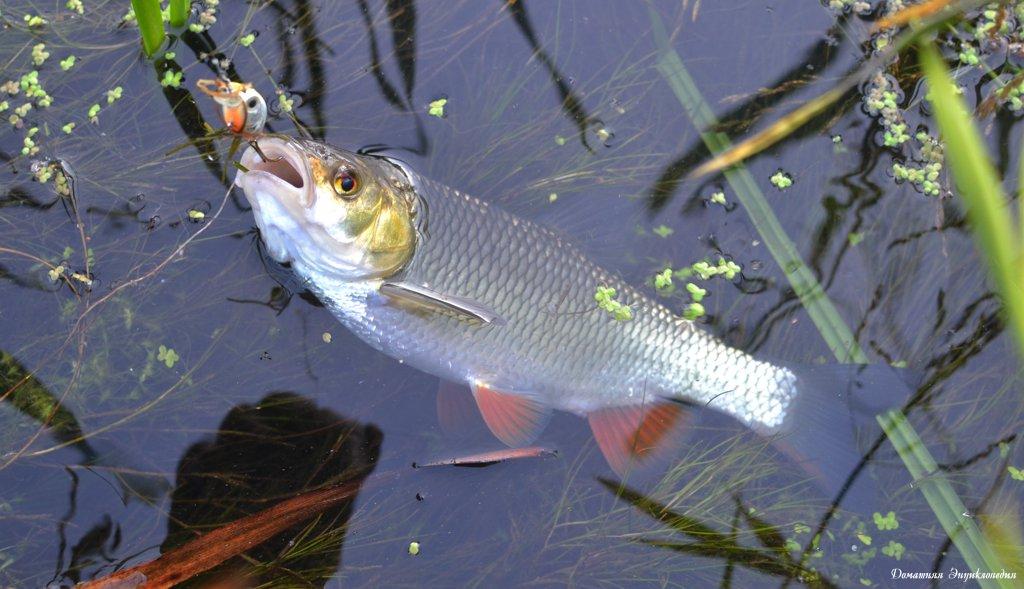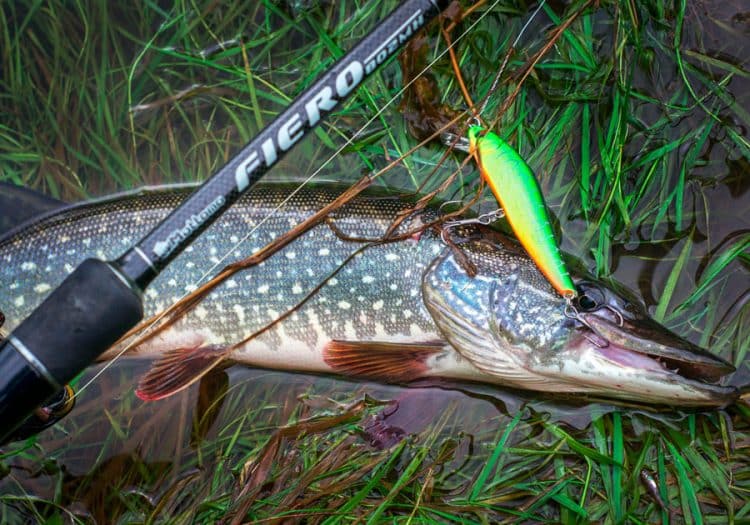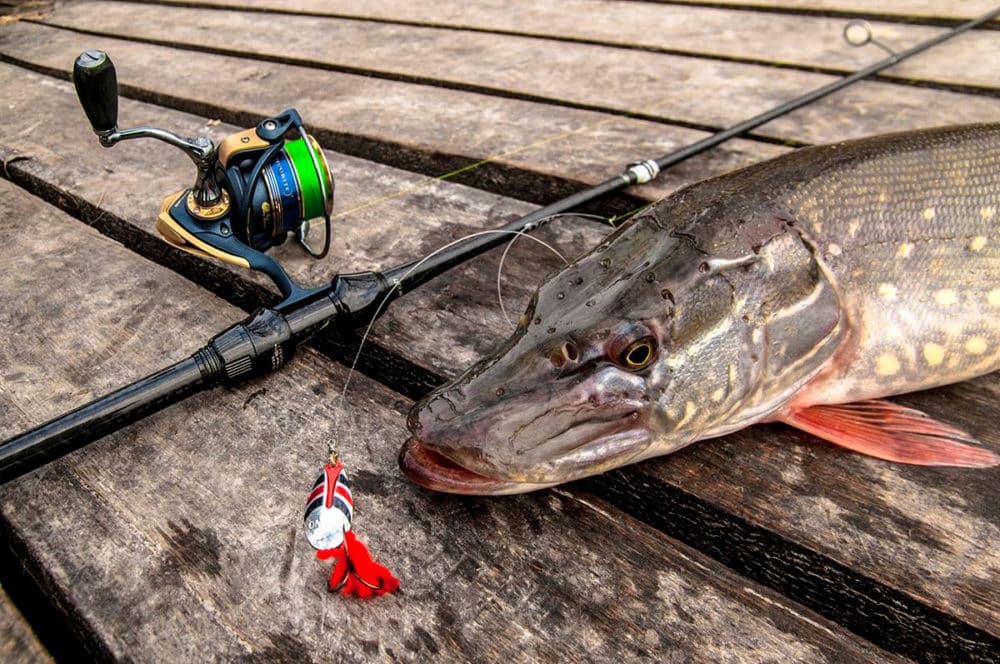A spinning chub is the pride and joy of any angler, especially a less experienced one. It is not so easy to find and persuade a handsome red-finned man to strike. For successful fishing, you need to know the habits of a bighead daredevil, his parking and hunting places, to have in his arsenal suitable tackle and lures focused on catching chub. Successful purposeful catching of a chub is up to the skill, the spinning player, once having mastered it, will never give up hunting for a worthy opponent. Moreover, from season to season, from river to river, from region to region, all factors are changeable and you need to be able to quickly navigate an unfamiliar body of water in unfamiliar situations. And this is possible if you know how to analyze the reservoir, weather conditions and other factors.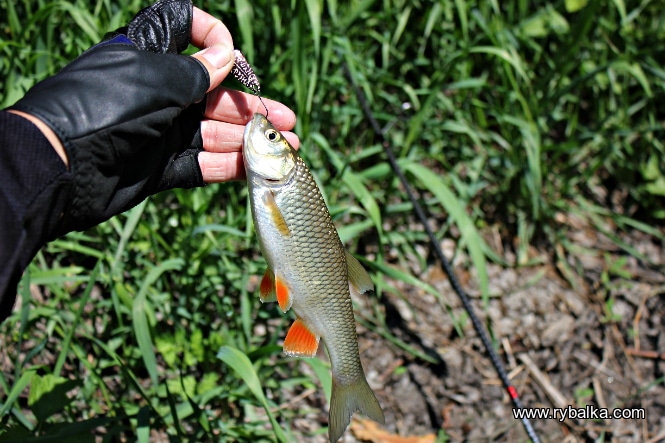
Some may say that in the spring, for example, a chub can be more successfully caught with a zakidushki, a feeder, a fishing rod. There is some truth in this, but, alas, there is no such danimics and beauty as for spinning.
So what does it take to successfully spin chub? There are four components of success:
- You need to have a verified suitable tackle.
- You need to choose the right bait for fishing.
- You need to know exactly where the chub stands at one time or another of the year on a particular river.
- How to apply the bait correctly.
- Stage one – choose and assemble a spinning rod for catching a chub, prepare equipment
- Stage two – we form a universal set of baits
- Wobblers – they always work if you make the right choice
- Turntables are good in certain conditions
- Micro-oscillators – classic oscillating spoons that are experiencing a rebirth
- Microsilicone on the chub is not the number one choice, but sometimes it “shoots”
- Stage three – where is the chub, where should the spinning player look for it?
- Early spring
- Late spring and summer time
- Autumn harvest
- Winter wilderness
- Stage four – how and where to correctly apply the bait to the chub
- Weather
- Catching a chub by rafting from a boat to a spinning rod
- Поделиться ссылкой:
Stage one – choose and assemble a spinning rod for catching a chub, prepare equipment
It is better for the head to have two spinning rods on hand. One ultralight class with a test in the region of 1-8, 2-12 grams and the second medium with a test of 5-21, 8-30 grams. It all depends on the baits used, the intended predator and the fishing conditions. It should be remembered that the grip of a handsome forehead is sharp and biting, plus you often have to catch on the current. Therefore, the form is needed with a margin of safety for the test. In addition, a powerful rod will allow you to bring a lively and strong chub out of a rocky roll, grass, boulders. A spinning rod for catching a chub should be fast action, but with a sufficiently sensitive tip. In order to increase the casting distance of light lures on relatively heavy tackle, slippery braided cords with a thin diameter of 0.1-0.12 in absolute terms should be used.For strong places, a more powerful braid may also be needed – you need to proceed from specific conditions. If desired, you can use monofil or fluor. Diameter in the region of 0.18-0.23. Rod length from 2 meters. For the coast is longer, for the boat it can be shorter. The tackle for a spinning rod for a chub should also include a high-quality reel 1500-2500 according to the Shimano classification. In this case, the cord should fit tightly without overlapping turns on the spool, a finely adjustable friction clutch is required. You need a high-quality fluorocarbon leash and the most delicate fittings (fastener, 000 swivel when fishing with turntables) connecting all the tackle nodes.The tackle for a spinning rod for a chub should also include a high-quality reel 1500-2500 according to the Shimano classification. In this case, the cord should fit tightly without overlapping turns on the spool; a finely tuned friction clutch is required. You need a high-quality fluorocarbon leash and the most delicate fittings (fastener, 000 swivel when fishing with turntables) connecting all the tackle nodes.The tackle for a spinning rod for a chub should also include a high-quality reel 1500-2500 according to the Shimano classification. In this case, the cord should fit tightly without overlapping turns on the spool, a finely adjustable friction clutch is required. You need a high-quality fluorocarbon leash and the most delicate fittings (fastener, 000 swivel when fishing with turntables) connecting all the tackle nodes.
A universal tackle in our understanding, based on practical experience: the optimal spinning test for a chub is 3-15 grams, a rod length of 2.1-2.2 meters (such a blank is suitable for both a boat and a shore), fast action, a compromise line of 0.1-0.12 diameter. Spinning should not “fail” on the bite and playing, but at the same time be catchy enough. A specific rod is only empirically found under certain conditions.
https://youtu.be/9CEcapBBpYk The headhair’s outfit includes:
- wading boots or a suit for fishing on the shallows;
- trout landing net for gentle fish picking;
- kukan;
- polarizing glasses will allow you to more clearly imagine what exactly is happening at the surface of the water – to distinguish between obstacles under water, to observe the game of the bait at a distance, and sometimes the bite of fish;
- shoulder bag or special fishing vest with many pockets for baits and related equipment;
- lipgrip (special grip) is used for the same purpose as landing net.
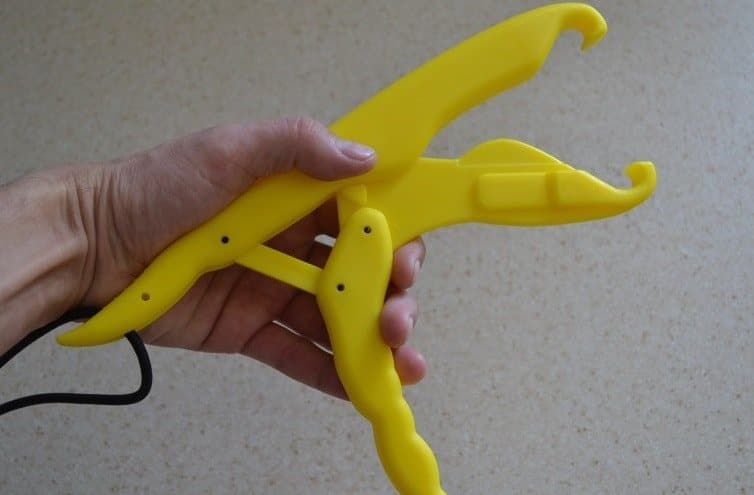
Stage two – we form a universal set of baits
The following baits are mainly used for catching chub:
- wobblers ( rolls , shads, minnow);
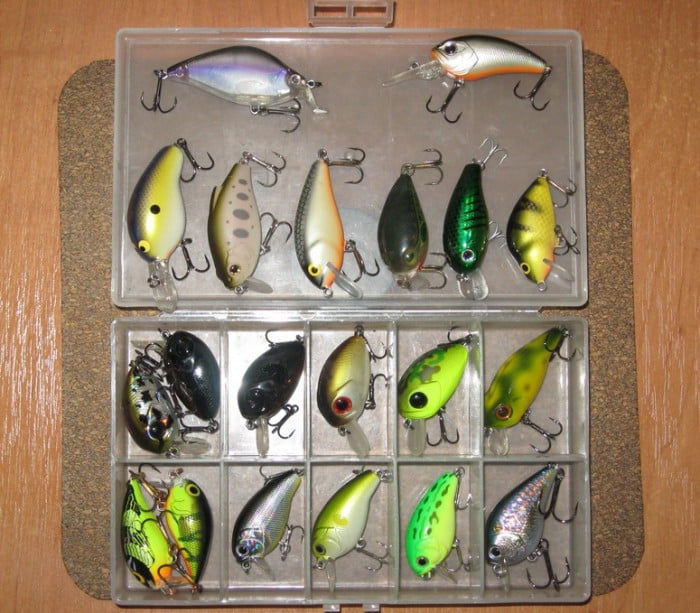
- rattlins;
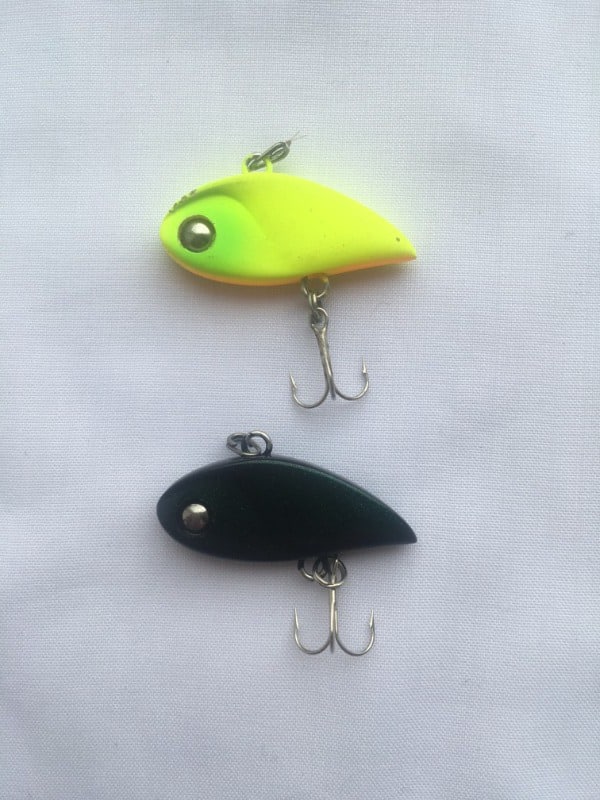
- micro-vibrators;
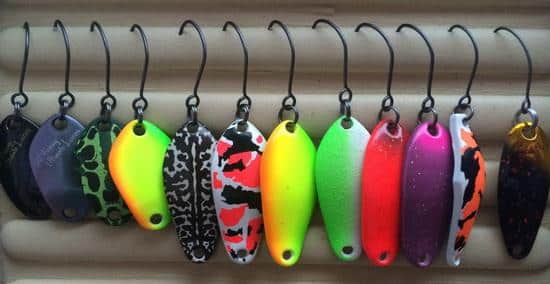
- spinning spoons;
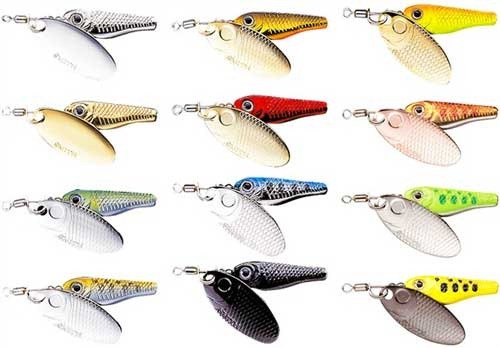
- silicone baits.
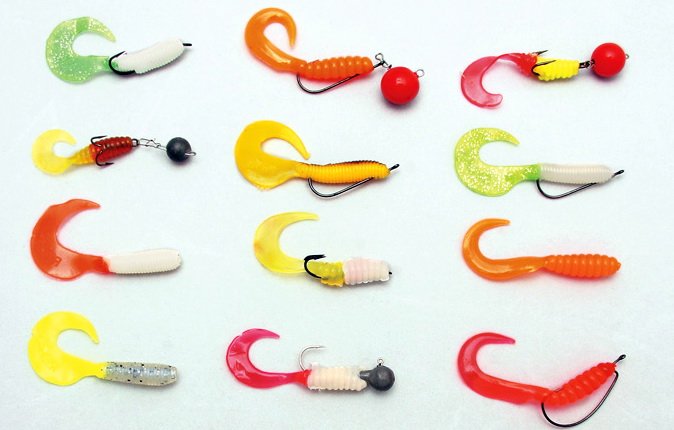
Wobblers – they always work if you make the right choice
Most often, when fishing for chub, small rolls are used (
herevery detailed and relevant), sheds, minnow. The most universal size is 4-7 cm, weight is 3-8 grams. Sinking, suspension and floating models are used. Drowning people have the advantage of being more catchy, which is an important factor. Plus, sinking wobblers with a depth of 1-2 meters can be driven to the bottom, which sometimes gives the best result. Use case – rifts with a depth of one meter, pits near the coast, points near a snag and blockages of boulders. At the same time, floating models can be fed to the chub by the alloy method. They are also more relevant on shallow rifts of 0.5-1 meter, where the chub rises to the very surface in search of prey. Therefore, it is worth starting from the conditions of catching and the behavior of the predator. The popular catchy and universal models of wobblers for chub include:
- Yo-Zuri 3DS Flat Crank . 5.5 cm, 7.5 grams. An interesting lure with an original shovel shape. Good for shallow water rifts, in practice, deepening up to half a meter.
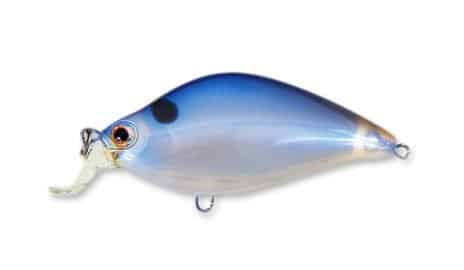
- Yo-Zuri L-Minnow 33 and 44 mm – catchy and, apparently, the most famous “mino”. In these sizes it is very good for a chub. They are very long-range, do not go astray even on a fast current, which is very important when catching a chub.
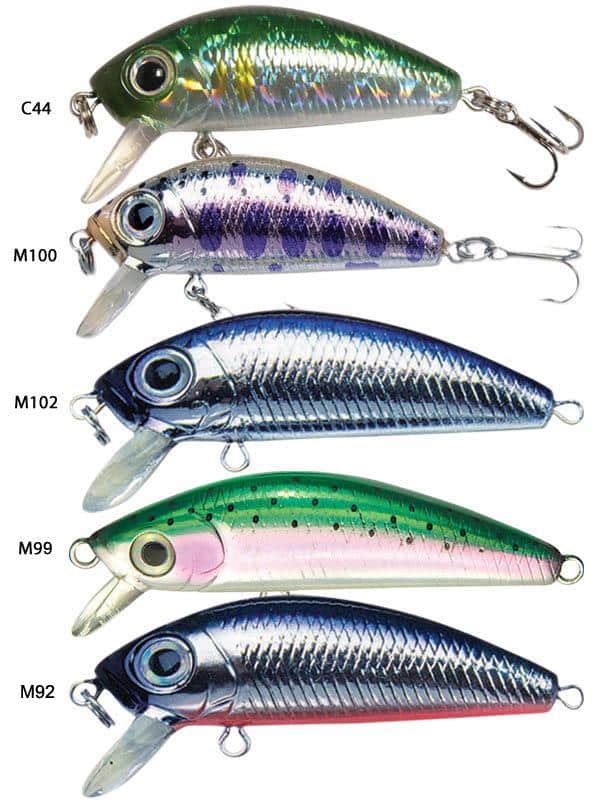
- Salmo Hornet F (floating) and S (sinking) 25, 35 and 40 mm. Ultralight babies are good in spring. The most popular sinking one – flies farther, holds the stream better and catches where the chub is more likely to be. Uniform wiring with a teal at the bottom for raising turbidity. The lightest tackle is required – fine fluor, 000 micro-fasteners.
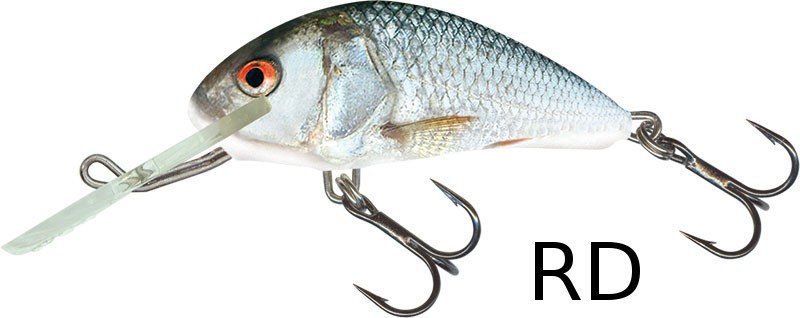
- Smith Camion SR and DR 2.5 grams. Classic. Very working fat cranks on a uniform wiring. It works upstream, across and against the stream, without getting lost in the game. A very important indicator for the chub.
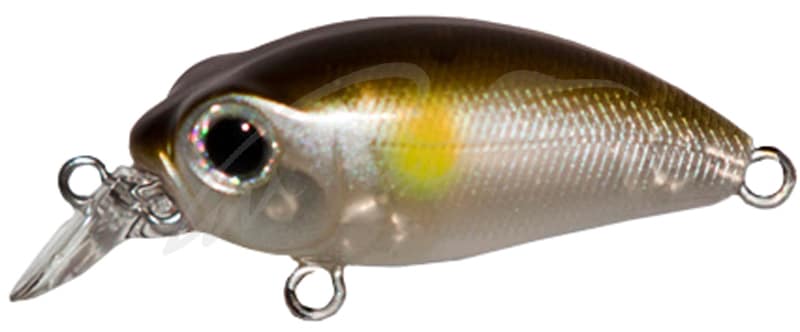
- Smith Camion Magnum , 3.6 grams. Heavier version of Camion. Favorite for chub and asp on the rifts. Slow lazy wiring.
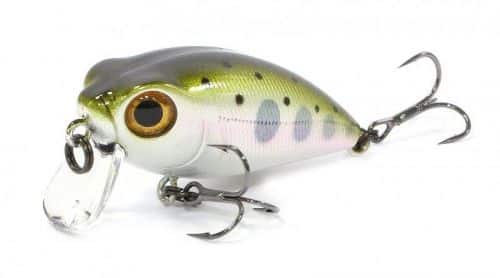
- Pontoon 21 Cheerful from 34 to 60 mm models, weight 1.6-7.2 grams. Accordingly, the tackle must be selected corresponding to the specific bait for the casting distance and controlled wiring. Very high quality workmanship and paintwork. There are interesting colors. Postings – uniform, twitch, demolition with stops and tweaks.
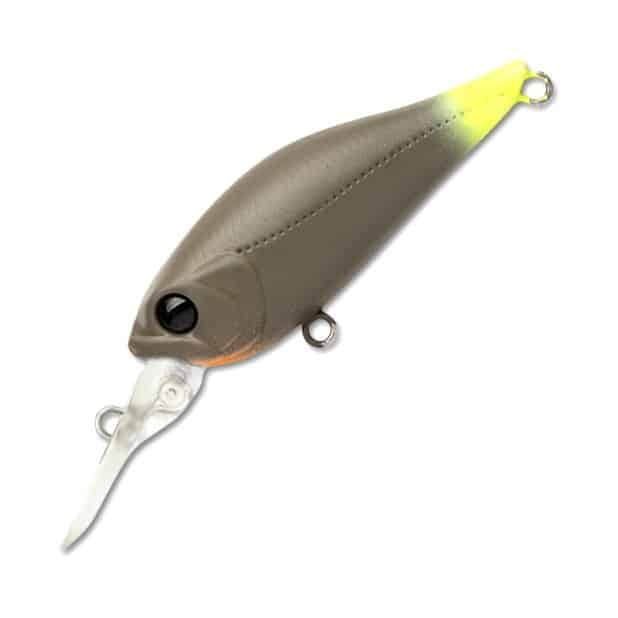
- Jackall Chubby the whole range. A classic for a chub, there are models for almost any fishing conditions. Stable on the current, does not collapse, does not fail. Suitable for both calm waters and currents.
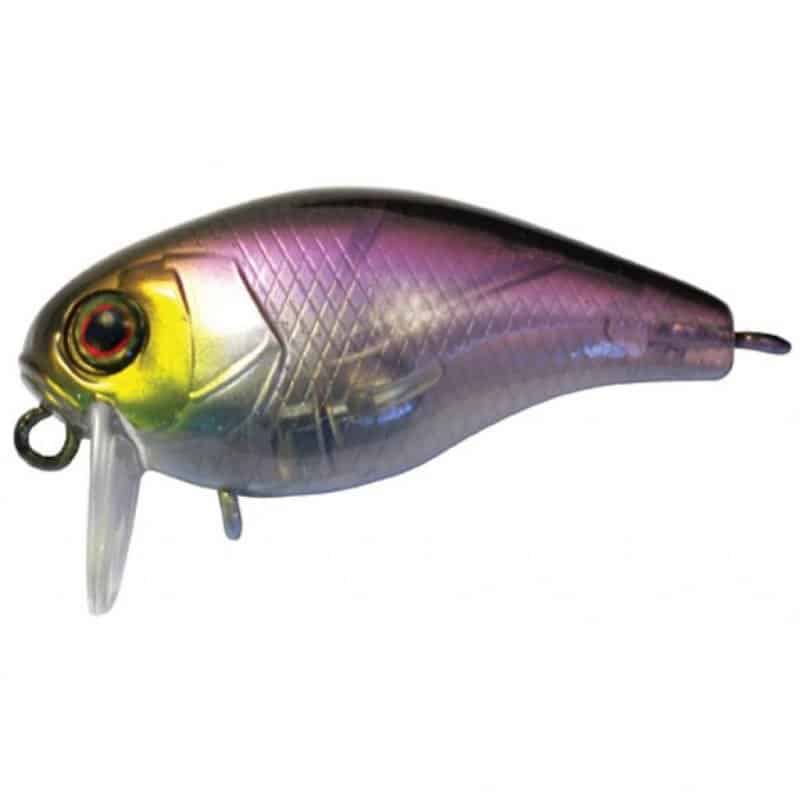
- Usami Kabu 2.5 cm, 2.5 grams – ultralight inexpensive wobbler, flies tolerably, works well for demolition. On the forums they write that there are defective copies – a ball for long-range casting sticks. We didn’t come across.
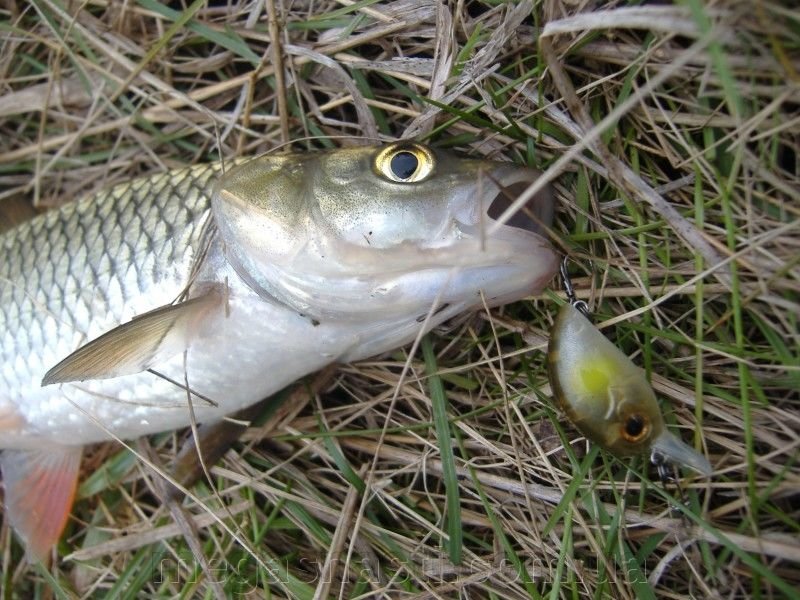
- Strike Pro Baby Pro , 3.5 cm, 3.5 grams. Another budget kid. Holds the jet well, but does not fly very well. For demolition and wandering fishing. The wiring is uniform, can be varied with pauses.
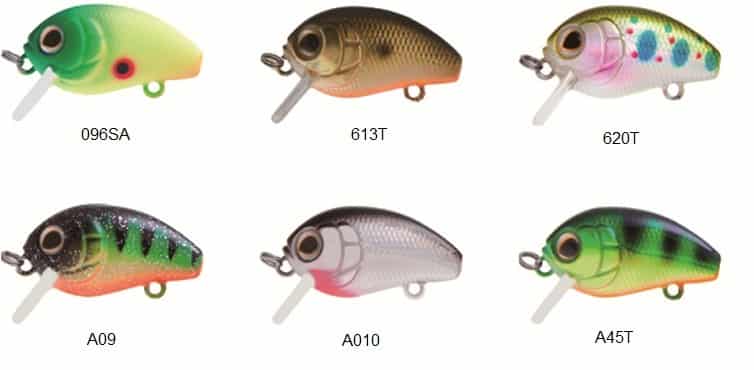
- Jackall Chubby Minnow , 3.5 cm, 2.3 grams. Chubik in the minnow form factor. It does not hold the stream as well as Chubbik, but across the stream, when driving for demolition and on a slow stream, he does not get lost from the game and catches chub, ide, white fish well. Light twitch, uniform with pauses.
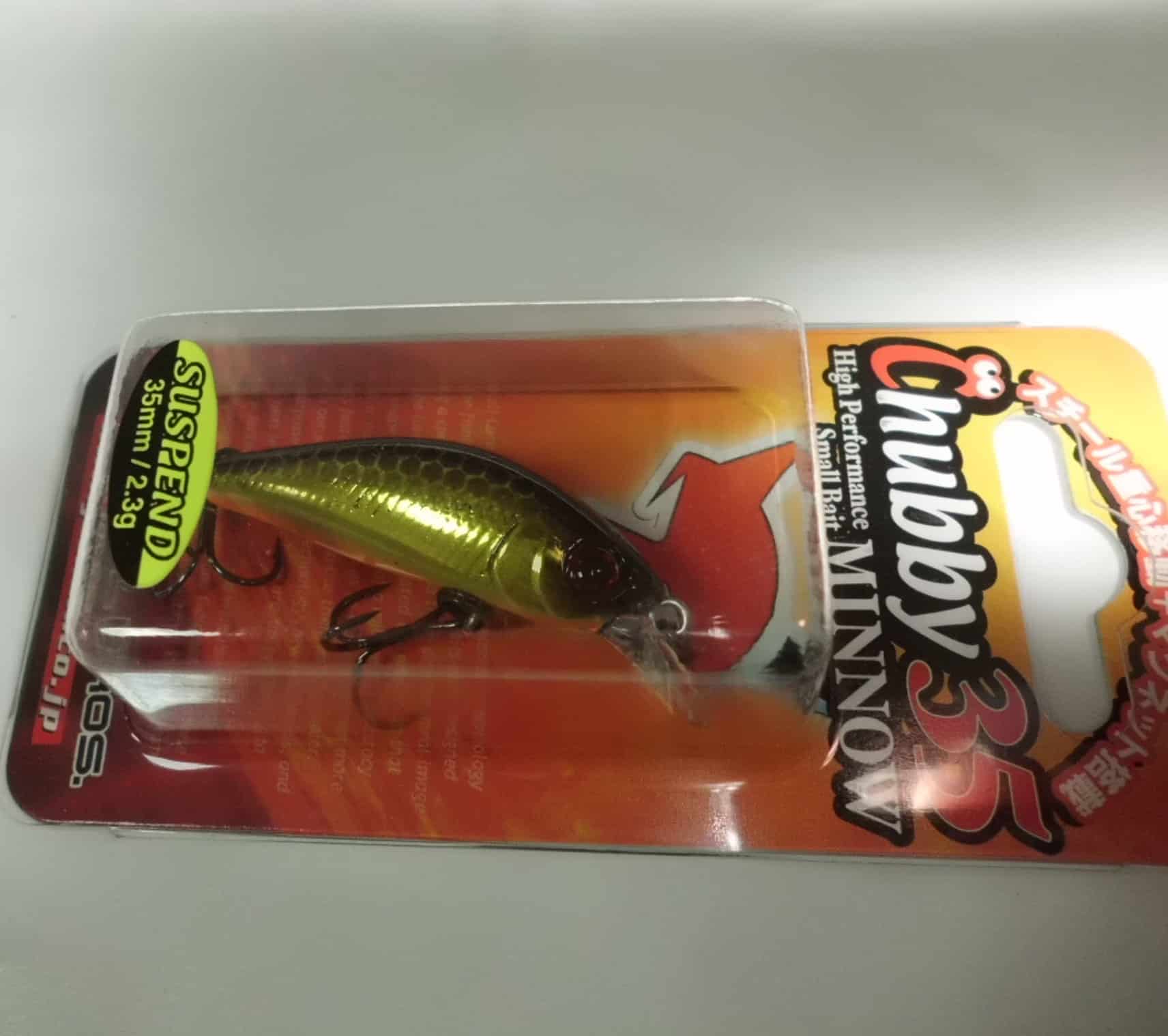
- CrackJack 38, 48, 58 in various depth and buoyancy variations depending on the season and fishing conditions. Flying bullets work on a uniform, stop and go, light twitch. They are carried out for demolition and appastrim, the deepening versions are good for fishing underwater obstacles.
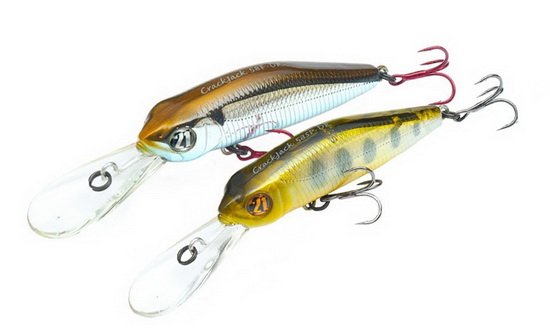
- Rapala Mini Fat Rap , 3 cm, 4 grams. Ultralight wobbler from Rapal. Quite low-frequency play, on rifts seduces chub and ide. Holds the stream well, does not fall on its side and does not get lost in chaotic movements.
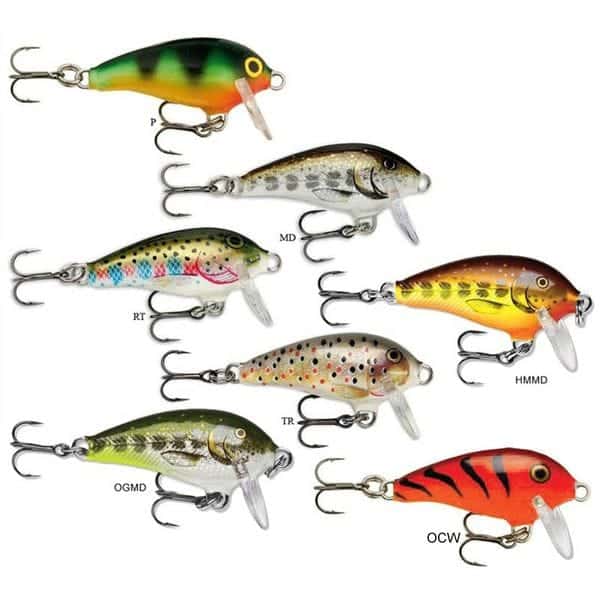
- ZipBaits Rigge 35F , 3.5 cm, 2 grams. A small “goat”, flight qualities are so-so, otherwise – a flying lure for chub, ide, white fish. It works only on the most delicate tackle, preferably without a leash or on a thin fluor, therefore we do not recommend fishing in “strong” places. Driving for demolition, upstream at the slowest alignment with pauses and stops. Ridge 35 may surprise you if you approach it. We hardly recommend it to beginners. It is expensive, requires the finest tackle, which is fraught with the loss of the bait.
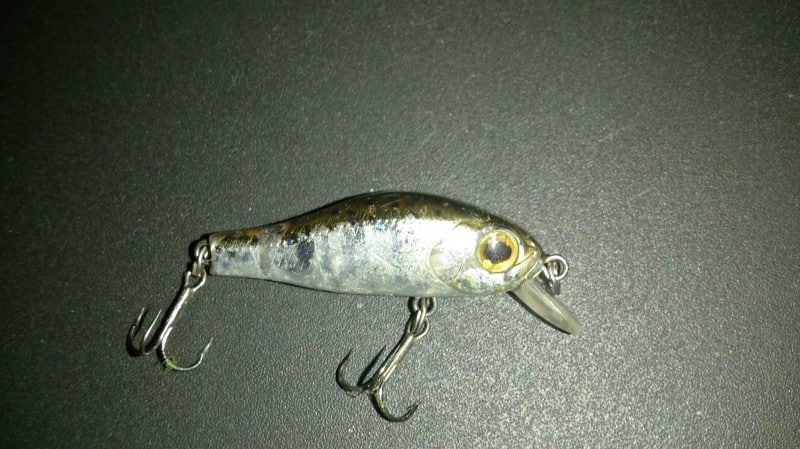
- Tsuribito Baby Crank 35S-SR, 35F-SR, 3.4 and 3.1 grams respectively. A tweeter with a good casting range, the floating model is good on shallow water rifts and when fishing over grass that comes out almost to the surface.
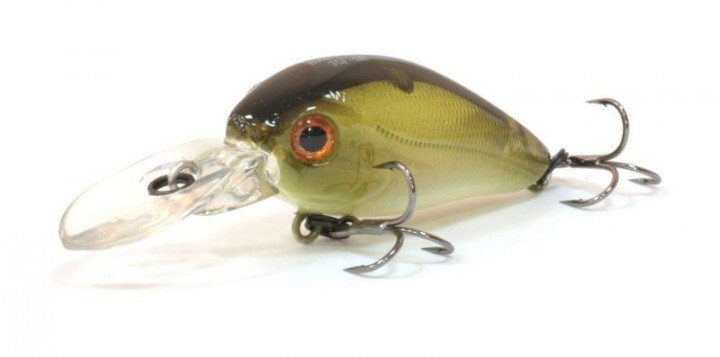
For fishing on overgrown and very shallow rifts, you can and should use wobblers with zero depth and other
surface lures . Wobblers with zero depth, chub workers:
- Owner C’ultiva Bug Eye Bait 48 mm, surface chub crank-lupastik, digs a depth of no more than 20-30 cm at the declared 50 cm. It has a very high-frequency game, vibrates strongly at the slowest wiring.
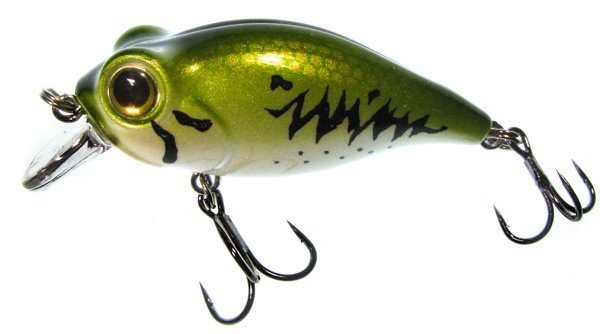
- OSP Buzzn ‘Crank 5 cm, 10 grams – catchy heavy crank, practically with zero depth, for large and medium chub.
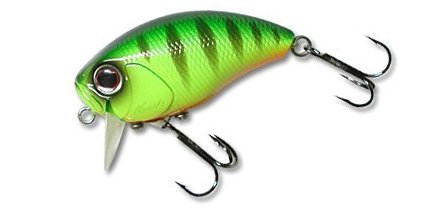
- Megabass Baby Griffon Zero Trout 3.8 cm, 5.3 grams. The famous wobbler from Megabass. Good for regular uniforms, practical for independent play without the participation of a spinning player.

- Yo-zuri Hardcore 0 6.5 cm, 8 grams – floating surface for overgrown rifts.
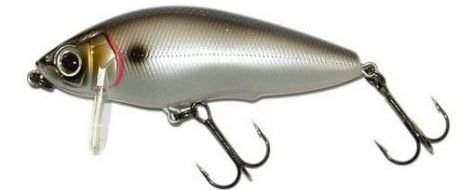
- Jackall Cherry Zero Footer 4.8 cm, 7.6 grams. Subsurface for large chub on shallows.
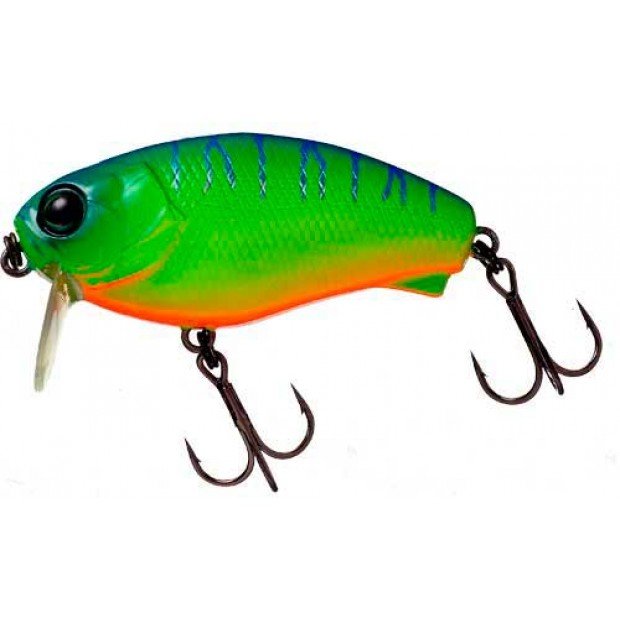
Recommended! To increase the fish detection, all tees on the lures should be replaced with quality anchors from Ovner and Jamakatsu thin series. An additional bonus – such tees unbend when hooks to a break, but do not bend when hooking even the largest and fastest fish.
Turntables are good in certain conditions
Spinning lures work better in relatively calm water and when fishing upstream – casting the bait upstream relative to the angler’s risers. On rifts, rapids and when fishing against the current, they are squeezed out, which is not always good, but only if the predator feeds in the upper layers and in a situation where the fishing site is shallow up to a meter. For catching a chub, high-quality spinners 0-2 numbers according to the Mepps classification are used. Mepps, Daiwa, Pontoon 21, Blue Fox. The petal Comet or Long, which allows you to fish in a strong current, pushes Aglia to the surface. Heavy-core spinners –
Smith
Niakis, Myran, Mepps Heavy, Daiwa Silver Creek, Blue Fox Vibrax, etc.
You can also use Panther Martin spinners and other in-line spinners. They are very resistant to flow, do not stick or go astray on the slowest wiring. Numbers 1-2.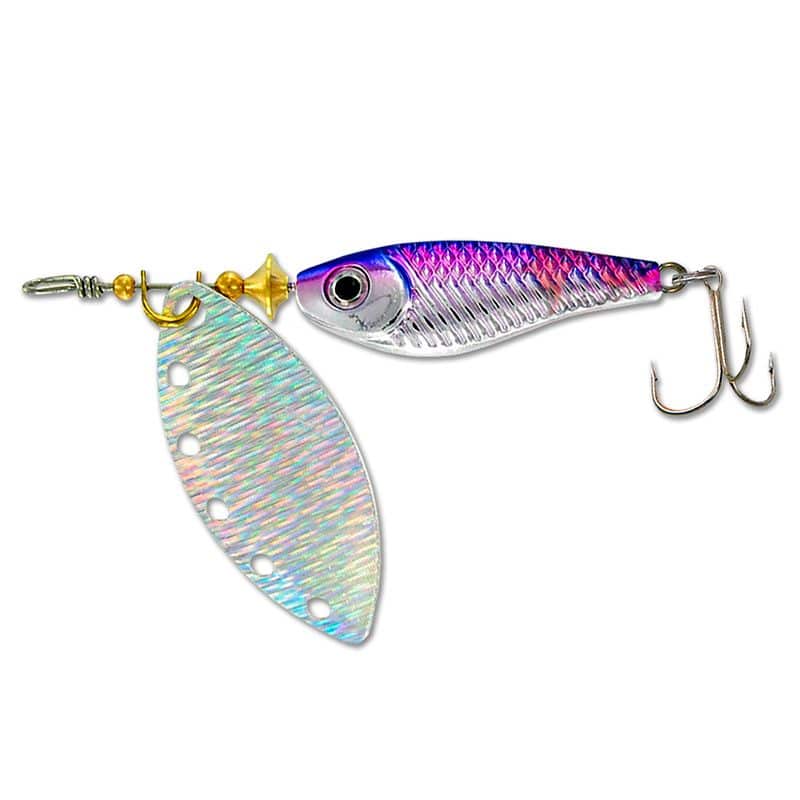
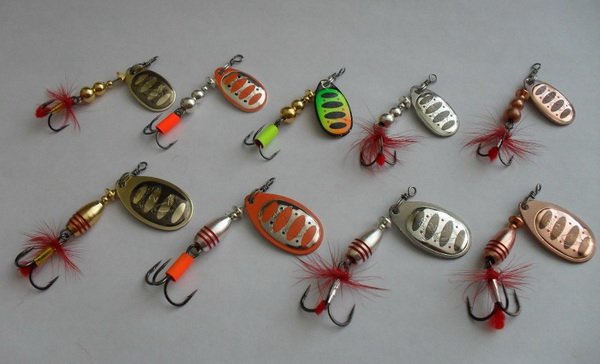
We do not recommend using the Chinese “under (D) Christmas trees” – they do not hold the current, get lost in the game, are thrown onto the surface of the reservoir.
Micro-oscillators – classic oscillating spoons that are experiencing a rebirth
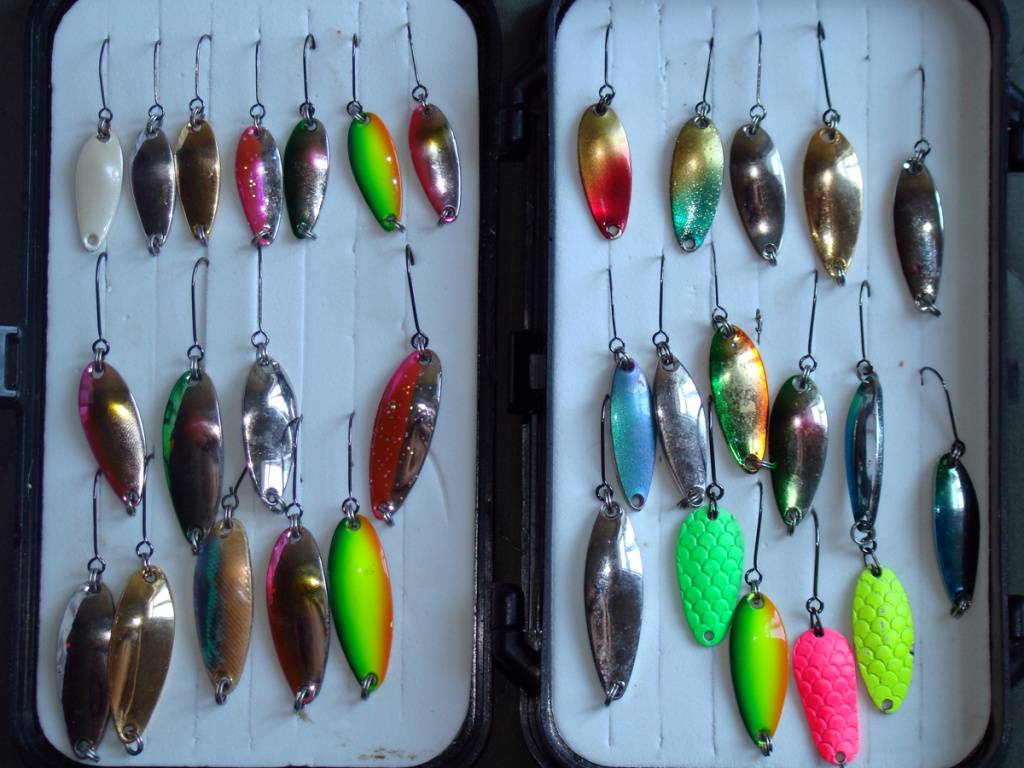
- Nories Masukurouto Boon . Very compact spoon, works at the very bottom. Medium frequency fluctuations. Flies like a bullet. Recommended.
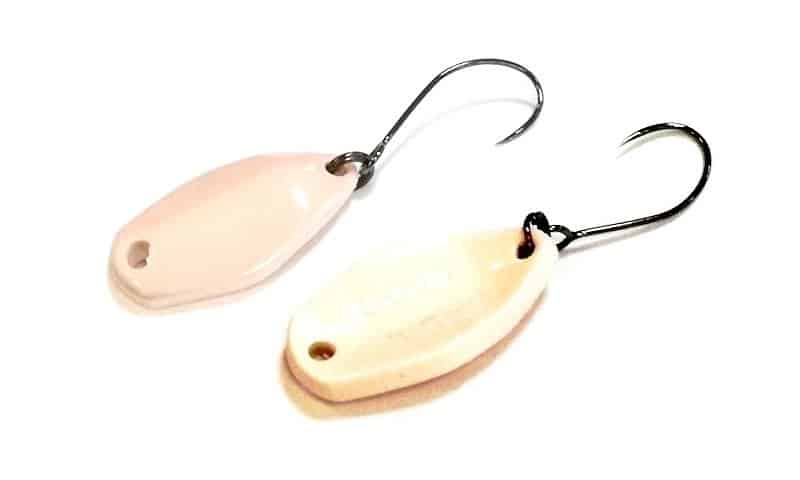
- Smith Pure . 2.7, 5, 6.5 grams and other models.
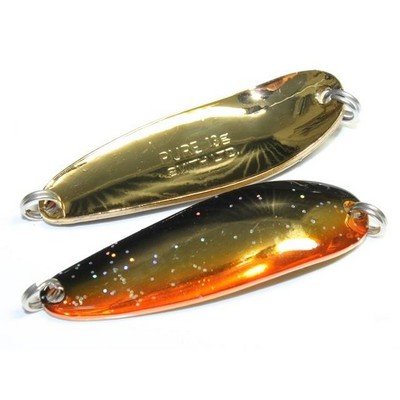
- Waterland Renge , 2.5, 3 and 4 grams. Sizes 2.5 and 3 cm. Lures, which have wonderful geometry and the same game. The game changes depending on the speed of the drive. It catches by permanently seducing chub and other fish with its grip. The price, however, bites.
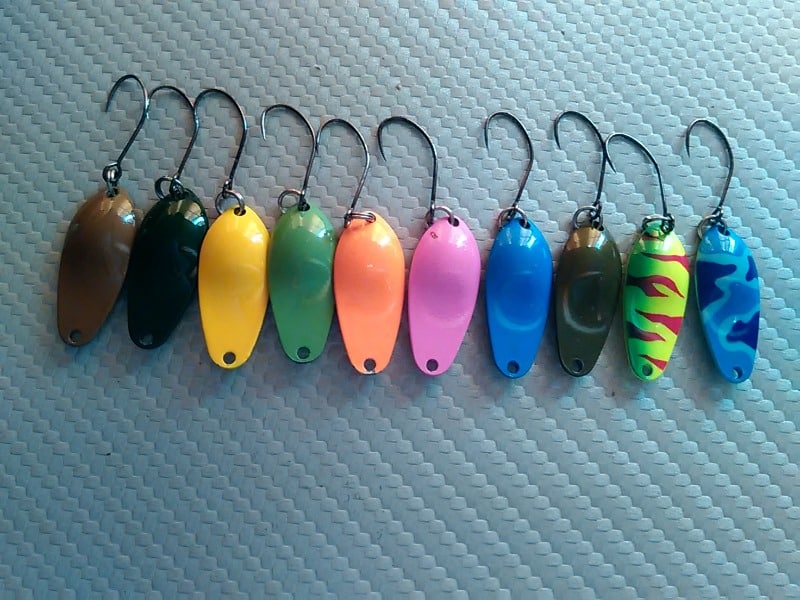
- Williams Wabler W30 . 4 grams, size 3.8 cm. Expensive vibrators made of precious metals. They have a stiffening rib, which allows even such a baby to keep the jet efficiently. Works on a uniform, Wabler loves it.
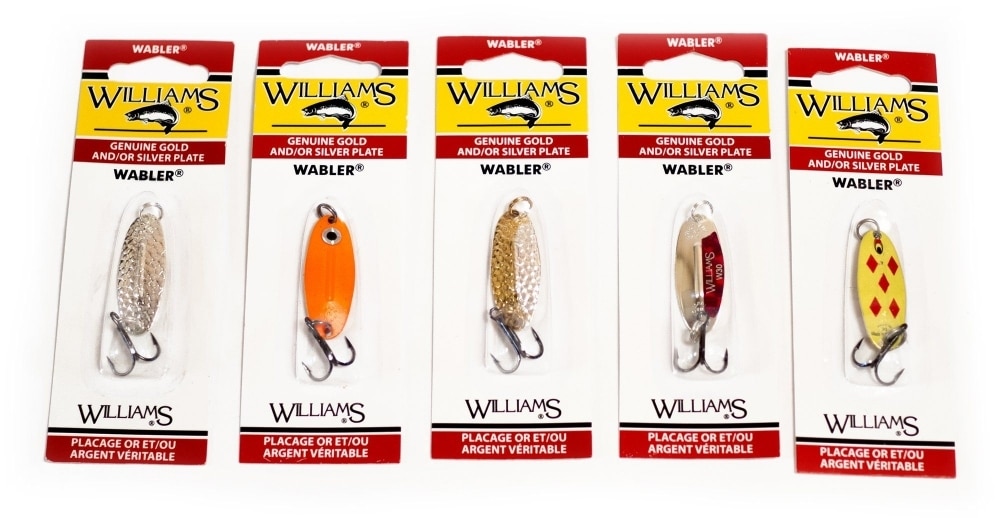
- The Smith Flaky 4.5g is a very long range lure. Chaotic twitch, dashes, pauses and slows.
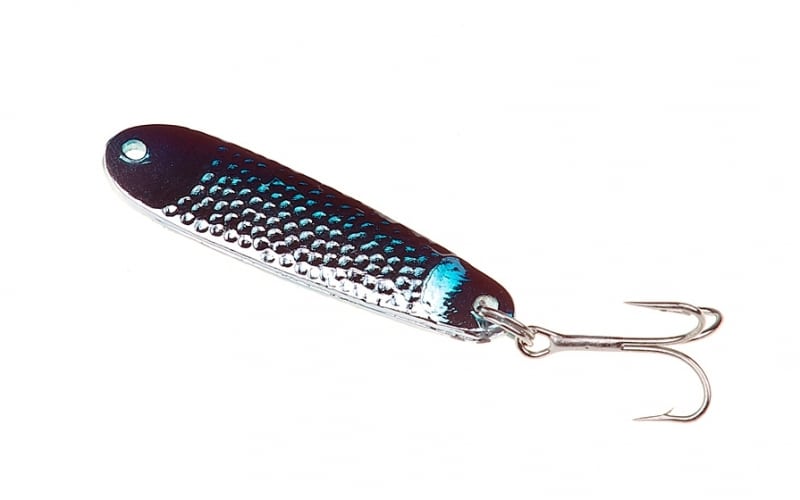
https://youtu.be/XhXD_T9gWOo https://youtu.be/FD4QjQ1Libc https://youtu.be/m1rCyrJXrr8
Microsilicone on the chub is not the number one choice, but sometimes it “shoots”
Silicone baits are purposefully used for catching chubs quite rarely, but sometimes microsilicons work very well along the bottom – worms, slugs, crayfish and other krakozyabry when wiring along the bottom, when there is a chub, can provoke a forehead to grip. Fishing time is autumn, spring or cold nights when the chub can roll to the bottom. The size is 1.5-2.5 inches, the most popular Rigs – standard jig, eared, drop-shot, slip-shot, Carolina rigs. Quality lures are available from the following manufacturers
The chub often perceives silicone baits if they do not resemble a fish, but another food base for a redfin – crustaceans, snails, worms. For this reason, it is worth choosing silicone based on this postulate.
https://youtu.be/SBJ-yMFQBro
Stage three – where is the chub, where should the spinning player look for it?
Most often, the chub prefers small and medium-sized rivers. It keeps on the rifts and directly next to them – at the entrance / exit from the rapids. He also prefers places under overhanging crowns of trees, bushes near steep cliffs, in ambush among snags, fallen trees, near piles of bridges, near stone dams and similar obstacles. They can also stand in niches – potholes in the banks, at the edge of fast and slow water, in the so-called “watering cans” – places where bays and oxbows sprout from the river. It is almost always preferable if such places are located in the immediate vicinity of the rapids / rapids.
Early spring
In early spring, in March-April, the water in the rivers rises and becomes very turbid after the winter flood; small and medium-sized rivers often overflow their banks. At this time, it is quite difficult to catch a chub and, as practice shows, catching on a donkey – feeder will be more successful. They catch peas, worms, bloodworms. If you twist your hands, as they say, and you really want to catch a chub on a spinning rod already in the spring, then you should prefer deep places near the banks, channel dumps, places among snags, river turns with a sharp change in current from slow to rapids. At this time, the water is still cold, and the chub, like all carp fish, is thermophilic, and therefore still quite passive and stands at the bottom. From baits – small passive and active silicone, less often
wobblers, rolls and spinners. Spinning for chub in spring in May: https://youtu.be/FeTuHVZ9dO0
Late spring and summer time
The best results are yielded by spinning chub fishing in late spring – summer, when the water has already warmed up enough and the activity of the redfin increases. At the end of April-May, the water gradually brightens in the rivers, the rivers enter the banks. Insects and, first of all, May beetles begin to be active. At this time, the chub rises to the middle layers and to the surface of the water. It hunts under overhanging crowns of trees and bushes, collecting fallen bugs and spiders. Also, with the warming of the water, it gradually comes out to hunt for rifts and adjacent territories. At this time, small wobblers, cranks, shads, which are similar in appearance and behavior to insects, show themselves well. https://youtu.be/9BwEYkeaeVM As the water falls, the chub transitions to faster rides from the slower ones.
Thus, it is worthwhile to understand that the chub changes parking places during the season, and it cannot be said that the same point / roll / rapids will work all summer. Lobastogo needs to look for, live and live with him in the same rhythm.
Sometimes micro-oscillators, small turntables and micro-jigs also “shoot”.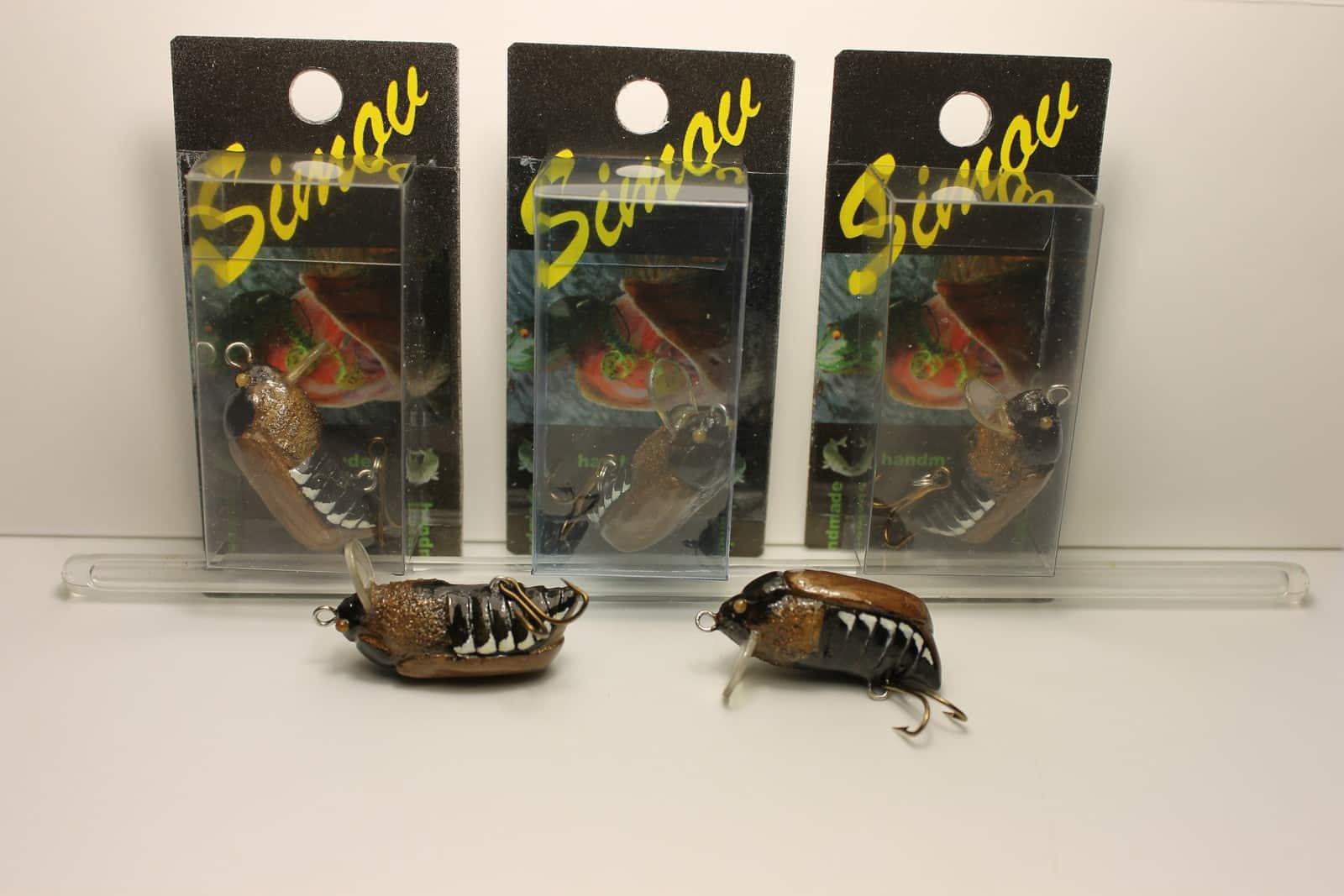
On the river, it is worth looking for places that are not typical for the general flow, any anomalies in the depths can serve as a parking lot and a hunting place for a chub.
On small and medium-sized rivers, the peak of biting is observed in June-July, on large weeks two later. Catching a chub on a spinning rod is effective in the summer and early autumn of September, in the southern regions in October. https://youtu.be/1PovKAMgcI4
Autumn harvest
In autumn, spinning chub, as mentioned, is caught in September-early October, while the water is still warm enough. Gradually rolls down to deeper areas, sinks to the bottom. But in the afternoon, when the sun warms up, it still comes out to play naughty on the rifts. This leaves its mark on the fishing technique. In the morning and late in the evening, it is worth looking for a forehead in deep areas in the immediate vicinity of the rapids with the help of deep and medium-deep wobblers-rolls, minnows, shads; micro-oscillators, turntables, passive silicone.
Winter wilderness
In winter, chub is certainly not caught on spinning from the ice (what news), but it is still caught in open water – near dams, hydroelectric power stations. At such a time, you can try to catch him with the same baits as in late autumn in medium and deep water at the bottom.
Stage four – how and where to correctly apply the bait to the chub
When catching chub on the rifts, it should be borne in mind that the forehead willingly attacks the bait at the entrance / exit from the rift. Entrances with heaps of stones, driftwood, and washed-up sand need to be processed twice as carefully. The chub often hides behind such obstacles from a direct stream of a strong current. In such places, you need to cast the bait a few meters above the intended position of the fish.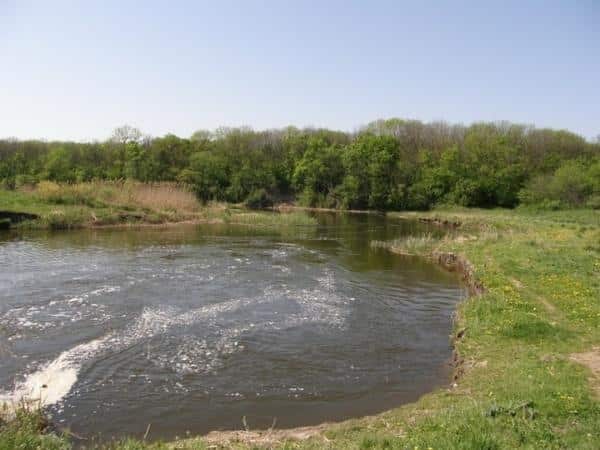
On a note! Such places can be clearly identified by the characteristic swirls on the surface of the water, as well as in polarizing glasses.
In general, the wiring works across the roll with the arc blowing out of the cord at the minimum wiring speed, especially when it comes to actively vibrating pot-bellied rolls. It is also possible to wire against the stream, with the maximum inclination of the rod towards the water and at the minimum speed of the drive. It is better to start fishing from points located downstream, so as not to frighten off the fish that is higher than the angler when playing.
On a note! The chub loves the places where the turbulent stream is bordered by areas of relatively calm water – in the language of anglers “mirrors”!
Lures for rolls should be such that they can be carried out at a minimum speed – floating and suspending wobblers of the crank or shed class, less often minnow, light vibrators, turntables.
Rule! The chub does not like fast postings, therefore the most effective animations are when the bait works for demolition – this is a perpendicular to the angler, as well as 30 degrees upstream and downstream. Depending on the speed of the current, the angle of attack can change. The sector is being worked out in a fanlike manner, gradually working through all the horizons of a possible stop for fish.
Weather
The hotter it is, the more the chub prefers boiling water, and therefore one should look for it on the rapids itself, in the central zone of the roll. When the temperature drops, the forehead moves closer to the edges, to the mirrors and even to the zones outside the roll, but in the immediate vicinity of it. Catching a chub on a shovel on the shallows: https://youtu.be/_b4Vex6hPEI Secrets for Successful Chub Catching: https://youtu.be/3eR2t3FTmkA
Catching a chub by rafting from a boat to a spinning rod
Lobastogo can be caught on spinning and floating from a boat, more details here, and in
this material we recommend watching a video about fishing for a chub on a big river. Catching a chub on a spinning rod (walking fishing): https://youtu.be/9E6LtxEQKTo Be merciful, let your defeated opponent go and let him please you or your spinning brother with another bite.
